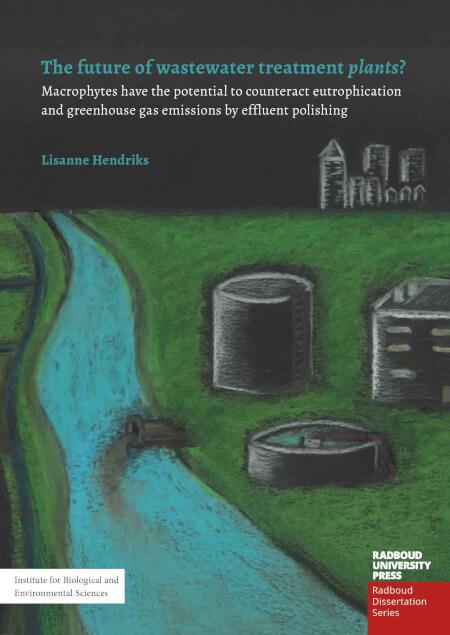The future of wastewater treatment plants? Macrophytes have the potential to counteract eutrophication and greenhouse gas emissions by effluent polishing
Keywords:
Wastewater treatment, Macrophytes, Greenhouse gasesSynopsis
Worldwide, and also in the Netherlands, eutrophication is happening in surface waters. This means that there are too many nutrients in the water, especially nitrogen and phosphorus. As a consequence, these surface waters emit the greenhouse gases carbon dioxide (CO2), methane (CH4) and nitrous oxide (N2O). Major sources of nutrients are agricultural runoff and the discharge of treated wastewater, called effluent. These sources contribute to eutrophication and greenhouse gas emissions from our surface waters. By further purifying water, in this case effluent, and filtering out the last traces of nutrients, the negative effects on surface waters can be limited. This extra purification step can be done using aquatic plants. These take up nutrients and carbon for their growth and thus remove these substances from the water. By using the plants in a smart way, without substrate, they can further purify the water to a good quality. There are still some snags to this, as purification by plants takes up a lot of surface area. But this does not alter the fact that aquatic plants have the potential to combat eutrophication and greenhouse gas emissions.

Published
Series
Categories
License

This work is licensed under a Creative Commons Attribution-NonCommercial-NoDerivatives 4.0 International License.

